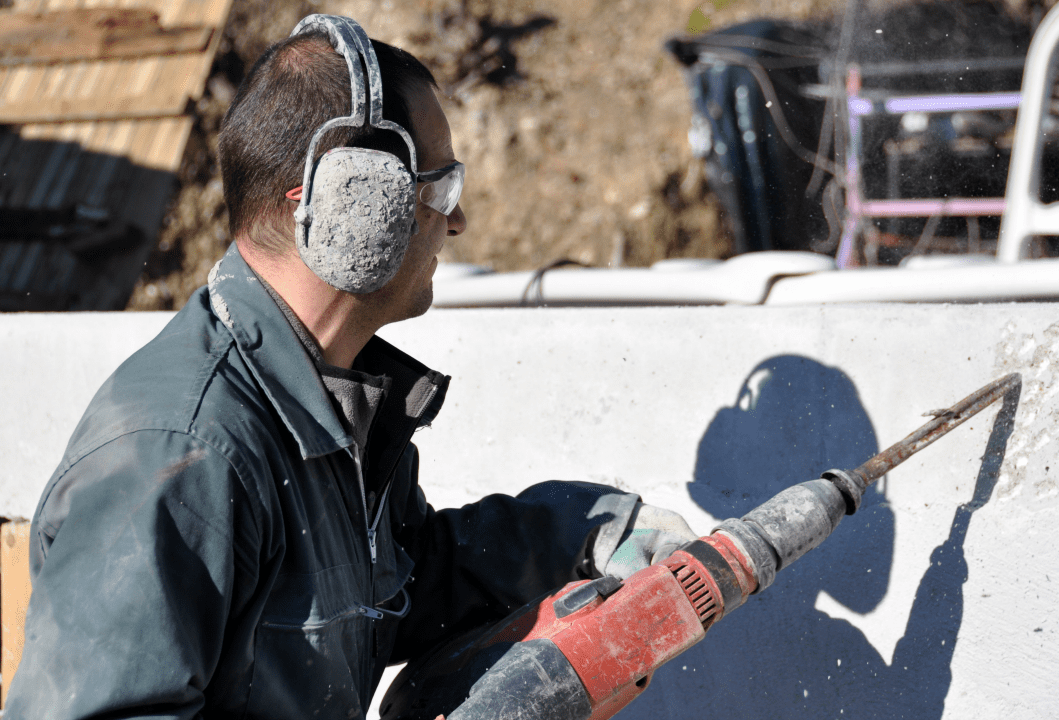Workplace Hazards Series: Physical Hazards
Of all the hazards in your workplace, physical hazards might the least obvious. Despite their name, physical hazards aren’t always something that you can see or touch. In this installment of our “Workplace Hazards” series, we’ll take a look at how you can identify and prepare for physical hazards.
How to know if something is a physical hazard
Anything in the environment that can cause a bodily harm can fall under the category of physical safety hazards. Environmental dangers include:
Radiation: including ionizing, non-ionizing (EMF’s, microwaves, radio waves, etc.)
High exposure to sunlight / ultraviolet rays
Temperature extremes – hot and cold
Constant loud noise
To know if something is a physical hazard or not, just think about if it could cause physical harm to an employee. This could include common workplace objects like flammable items or objects that may violently react to other environmental factors.
Questions to ask about physical hazards when assessing your workplace
What kinds of environmental exposure do my employees face?
Do my employees work around potentially reactive or explosive chemicals or objects?
What are the long-term effects of working in this environment?
How long are my employees being exposed to sunlight and other environmental factors?
Do my employees have equipment that protects their hearing if necessary?
What protections are in place for potential extremes in temperature?
Could the equipment that my employees work with pose a risk to their long-term health?
What to do once physical safety hazards have been identified
Once you’ve identified physical hazards in your workplace, it’s important to reduce the risk posed to your employees. Whenever it’s not possible to completely eliminate a physical hazard from the workplace, you should introduce controls to reduce the safety hazards involved.
Administrative vs. engineering controls
Engineering controls reduce risk through physical means. Examples of engineering controls for physical hazards include:
Providing safety equipment to employees that reduces their exposure to the physical safety hazard
Reduce noises and vibrations present in the workplace
Place barriers between employees and physical hazards such as radiation or microwaves
Provide proper ventilation and air conditioning for employees
Insulate any surfaces that could be prone to extremes in temperature
Administrative controls reduce risk by changing work processes and activities to make them more safe. Some examples of administrative controls for physical safety hazards include:
Handling smaller quantities of dangerous and reactive chemicals
Spending less time in areas of exposure
Working away from noise when possible
Providing employees with rest breaks away from physical hazards
Training employees to recognize and avoid physical hazards
How working alone increases risk from physical safety hazards
Working alone can remove your employees from access to help that would otherwise be available. Lone workers are also disadvantaged when it comes to recognizing and responding to the physical hazards in their environment. In these situations, a check-in-based monitoring system like SafetyLine provides security to your employees by calling for help on their behalf even when they’re not able to.When you’re assessing the hazards in a workplace, remember to keep in mind the physical hazards that you can’t see. Physical safety hazards that aren’t obvious can pose a danger to even the most experienced employee or manager, so it’s important to plan ahead and take precautions.For more information about identifying workplace safety hazards, be sure to read the other posts in this series. To learn how SafetyLine can help protect your workforce from the hazards in their environment, contact us here or fill out the form below.

